10 years of NewMotion: CEO Sytse Zuidema calling on corporations to make the transitions
Electric car charging pioneer NewMotion has been in business for ten years and since 2017 belongs to the Shell Group. They invited us to the ‘Meeting of Minds’ event in Amsterdam, where NewMotion CEO Sytse Zuidema gave our Nora Manthey a frank interview.
* * *
Given that NewMotion has been ten years in the industry and Zuidema has come onboard already in 2015, the CEO is well-positioned to look at past and future challenges and players in an industry that finds itself right at the crossroads of the energy and mobility transition.
First of all, congratulations to ten years of NewMotion. Let’s start at the crossroads that you dedicated the ‘Meeting of Minds’ event to – the intersection at the transition of the energy and mobility sector. Where do you position NewMotion?
NewMotion CEO Sytse Zuidema (SZ): We are really at the crossing, the node if you will, meaning we are looking at the mobility industry, but we are not part of it. The EV is but the charger is an accessory. The same goes for the energy lane, again, we are connected, but we don’t supply the “fuel” that flows through the chargers. We can steer it, but we are not delivering power at the moment.
To stay within the image, could you not be run over eventually, especially with OEMs and big energy companies entering the market?
SZ: Well, people need charging solutions, and these are not easy to deliver. What is overlooked generally, and I can say that honestly after five years with this company, is how hard it is to do this transition from a parking lot into a mini fuel station, a charging station. It’s like installing internet in your home in the old days, it’s complicated, and you only want to do it once. And all our larger B2B customers and B2C clients, they want it to be simple. So it’s very hard to explain how difficult it is to go into a home or an office, find the wall cabinets, all those strange things in the house that are connected already and then make the connection for a fixed price at the day that you said you would do it. So scaling might not be rocket science, but it’s also not easy.
Scaling is a good point. It appears we are at the next step, say the early majority of EV adopters. Who do you see in the driver seat in future?
SZ: I think many policymakers did their work and laid much groundwork. The main contributors have been the cities that have to provide clean air to citizens. Of course, we still need a whole set of governments and others to collectively decide to go a different way, because it’s not going to go from the bottom up. This includes consumers, as individuals we are too driven by our own concerns. So there’s more to do, but now it’s the boardrooms of OEMs and mobility leaders, primarily the automakers, but also fleet operators and owners. And at the same time indeed the big energy and power companies. So change is going to be corporate.
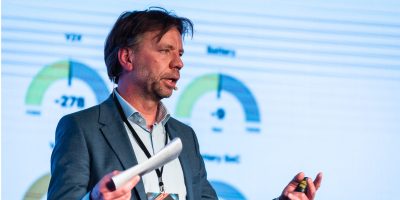
Let’s speak about NewMotion’s corporate cooperation and take a look at the past. What was the argument to go with Shell in 2017?
SZ: Already 2015 marked a significant change because of the diesel scandal. The mobility industry needed to show that they were going in a different direction, also due to incoming legislation and because of the scandal. That meant a big push from the heart of mobility, into the real corporate boardroom. Of course, there were big projects like with the Nissan Leaf in 2010, but these were different people, more business developments; also Volkswagen announced the 44Bn campaigns some years ago.
So we knew growth was coming and thought, okay, we are the biggest charging company in Europe, but we are 80 people in a room in Amsterdam. We realised that we needed to find a strategic partner either in equal size or with a corporate structure because that’s the push you need. There’s a saying in Holland that elephants like to dance with elephants, not mice. So you need to climb up on the shoulder of an elephant to be in those discussions.
In the electric car driver community, there was a great deal of reservation about Shell. Did the takeover impact the B2C business?
As we are a pioneer in e-mobility, we have quite some early EV adopters in our customer base that expressed concerns about Shell becoming our sole investor. We expected this but did not see any real impact on our business. Going forward, we expect the opposite: moving towards the early majority, consumers tend to be more risk-averse and look for reliability and accessibility. These are traits that Shell is well known for and being a member of the Shell group will, therefore, help us to fulfil these consumer needs.
If you could be more concrete, what has changed for NewMotion since?
SZ: We are now in a much bigger picture. Look at the logo as part of the Shell Group. You have an instant endorsement and a right to play with the other big corporates where you usually would probably land at a country manager who had a personal passion perhaps.
And the other thing, of course, is every two years we needed to find money, our business is still investing in growth. As I said, scaling up and living up to the simplicity that the customer expects at a fixed price is hard, and we’ll only get the returns later when we reach scale.
And you have quite ambitious targets, right?
SZ: Yes, we want to go up from installing 60 chargers a day to 600 a day in 2025. It’s not so much a target, it’s a necessity.
How are you going to achieve that?
SZ: By rolling-out what we can in terms of our capabilities and also working with the growing markets. Once we have a corporation or a contract with a mobility provider, for example, a leasing company, we call that a channel. Typically, in the first year of collaboration, there is no electric car going through the channel yet or in limited numbers. Then we need to learn how to add the charging solutions and then only after a year or two, you get real volume.
But take the Dutch market where we work a couple of years already with these companies, we know how to do it, and we also know to do it at a large scale every day. And I am very proud to say that 90% of installations go right the first time, only for 10% we have to reschedule or correct. This blueprint, which is in our systems and our agreements, we are rolling out to Germany, France, UK, and where we’re building partnerships.
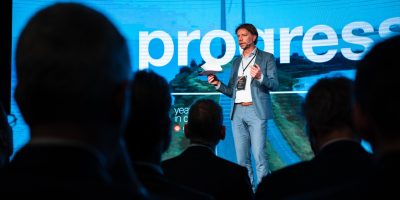 As you mention partnerships, let’s speak about roaming – NewMotion has 200 partners today.
As you mention partnerships, let’s speak about roaming – NewMotion has 200 partners today.
SZ: The roaming is in totally different worlds, it’s just not super mature. When you drive an EV, you usually look at charging at home or work. But then when you’re on the go the question still is, where do you charge.
In the early days, more than five years ago, the industry started from passion, not so much from the business model. So it was just whoever had the charge point could decide to open it up for others so that at least the daredevils could use the minimum infrastructure that was there. The origin of interoperability agreements was based on sharing is caring, with little regulation.
Only now that the market is growing, it becomes a business, and there are challenges of transparency in pricing as well as consumer protection.
SZ: Pricing is easy to control. There is a couple of Cowboys that bought a charge point and set high prices, but we’ve limited that so you cannot go beyond 50 cents.
You were called out for transparency issues by the German authorities, however.
SZ: First of all, these issues were about the wording in our general terms and conditions, which we have corrected, but not in relation to our practices. And yes in the industry, especially the charge point operators in the consumer market (NewMotion is not active there) are not acting in line with the law.
In our app, you can see exactly what you’re going to pay, although when you just swipe your card to start a session, you might not see this.
The chargepoint network operator has contracts with multiple MSPs like NewMotion that all have different rates. So it is impossible for him to fix a sticker with one rate on a charge point. When the CPO nevertheless does that, that’s where we have the biggest issues with price transparency. That is not something we as MSPs can control ourselves but must control as an industry, with especially the network operators in the lead.
So, in a perfect world?
SZ: It works well in the petrol world where the litre price is shown at the board entering the petrol station. The kWh shown at the charger would be the equivalent. It is also more transparent that you can pay this shown price with your debit card. In the UK they have this a lot, and that’s one thing that we need to do.
The petrol world also has a model for fleets with fuel cards. Drivers do not see it, but there’s a kickback, so the fleet operator gets 10 cents back of the price paid by card for the petrol, for example. We’re discussing that model, but not all partners in the industry, especially the parties that tender and operate charge point networks, already want that model.
The industry is moving on pricing indeed. Take Ionity for example, that Shell is also a partner of. For high power charging on the go, Ionity charges 78 ct/kWh, so that with a bigger battery you almost reach price parity with fuel. What is your take on this?
SZ: People will avoid expensive charging locations when they have an alternative. They will only use it when unavoidable or as an ’emergency’ charge, however, and in this case, people would be willing to pay more.
Also, most people that are currently adopting EVs as a private driver, they can afford it. Companies with fleets can too. Only there is now a growing group driving around that pays for themselves. They will avoid chargers that are too expensive.
Talking about industry issues. Which challenges do you see in the next ten years?
SZ: We are going to be surprised by volumes. In the next ten years or five years, we are going to go into a phase where growth is faster than we expect. So we’re all going to struggle to live up to the expectations of the markets.
You will also see merging a couple of winning partnerships. Say, if as a mobility operator and an energy supplier you collaborate, you will be one of the winning combinations because you need a lot of dedication of your time, your boardroom, your resources to cater for that transition. And so my call-out to the mobility industry is, not to pursue too many roles in the energy transition and go for partnerships to make the transition as fast as possible rather than creating competition. Let the energy power companies invest in the power and let the mobility guys do the mobility. Then if the Shells and utilities of the world get the chargers out there and get the energy to be green, that is a winning combination.__
>> NewMotion CEO Sytse Zuidema talked to electrive.com’s Nora Manthey at NewMotion’s headquarters in Amsterdam as part of the ‘Meeting of Minds’ event this February.

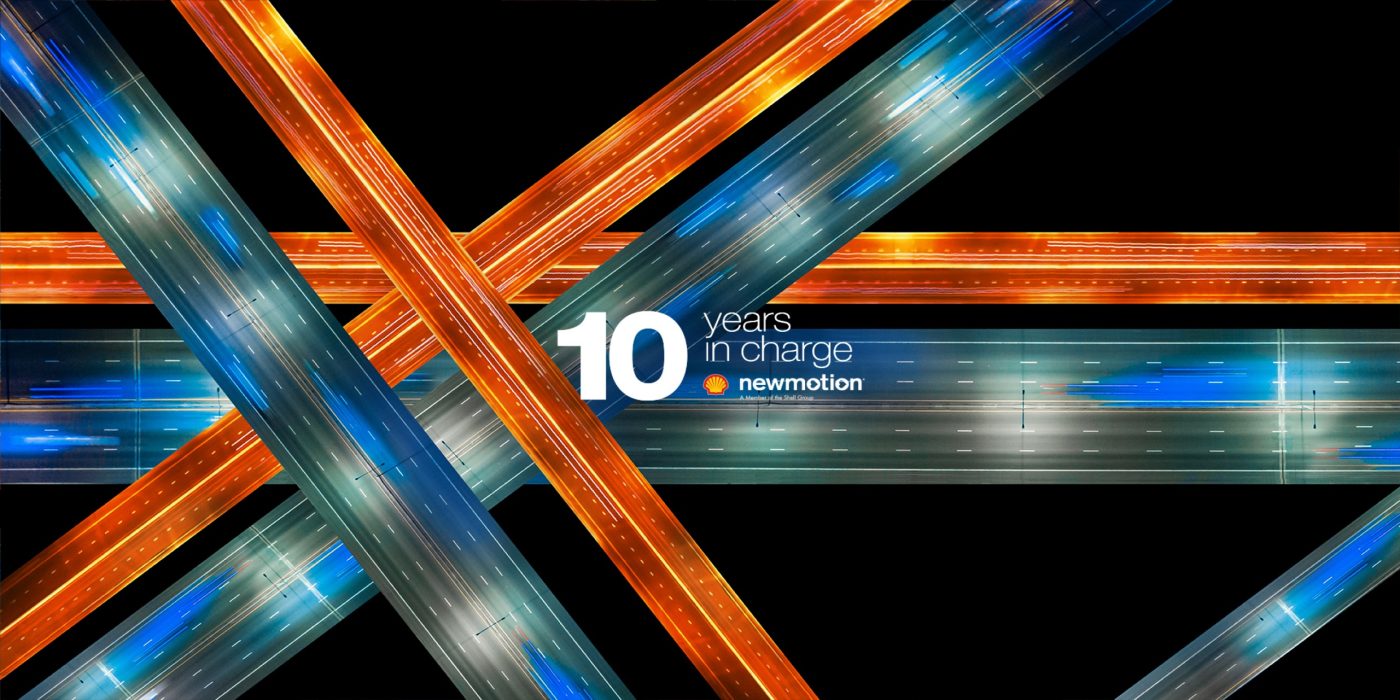
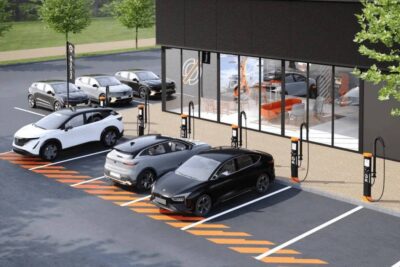

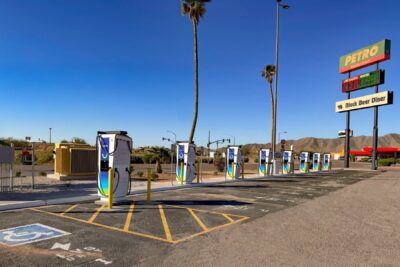
0 Comments